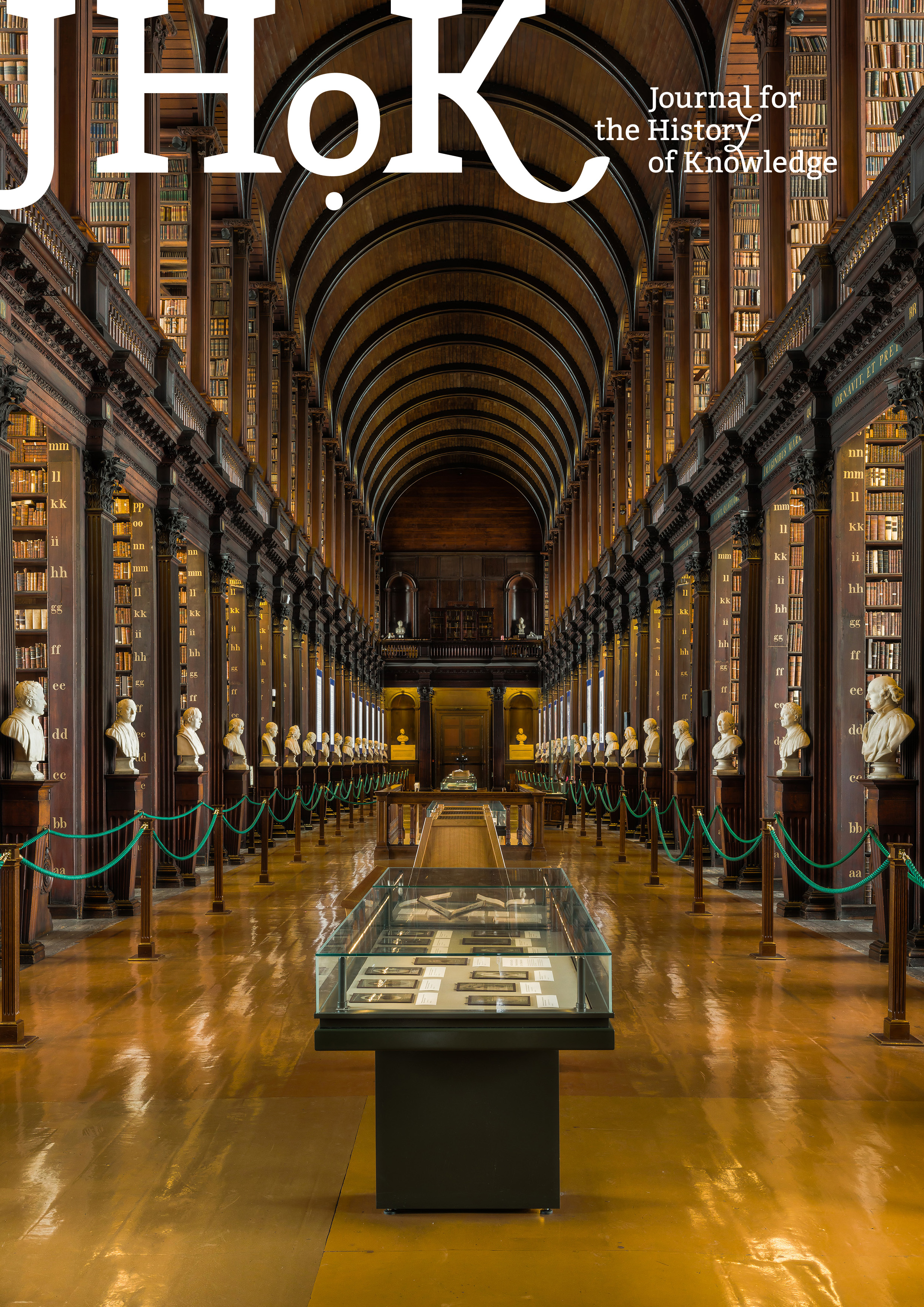Print and the Medical Marketplace in the Early Modern Dutch Republic
DOI:
https://doi.org/10.55283/jhk.11373Keywords:
print culture, regular and irregular practitioners, Dutch Republic, medical marketplace, competition and commercialisation, regulation, newspaper advertisements, EnglandAbstract
This article explores the interplay between the medical marketplace and print culture in the seventeenth- and eighteenth-century Dutch Republic. The starting point and inspiration is Mary Fissell's analysis of the role of print in the English medical marketplace. In the early-modern Dutch Republic, as elsewhere in Europe, we observe a growing competition between all kinds of medical practitioners. These practitioners searched for effective forms of communication to disseminate and promote their competence, skills, remedies, treatments, and books. To achieve this, regular (physicians, surgeons, and apothecaries) and irregular (stonecutters, oculists, empirics, "quacks" etc.) practitioners used a range of printed media, varying from newspaper advertisements, leaflets, and bills to pamphlets and books. By studying these sources systematically, we gain a better insight into the dynamics of the medical world. In this article, I investigate to what extent newspaper advertisements, one of the pivotal and widespread forms of communication, reflected the degree of regulation of the medical marketplace in Amsterdam and to what extent this situation differed from England.
Downloads
Downloads
Published
Issue
Section
License
Copyright (c) 2022 Jeroen Salman

This work is licensed under a Creative Commons Attribution 4.0 International License.


